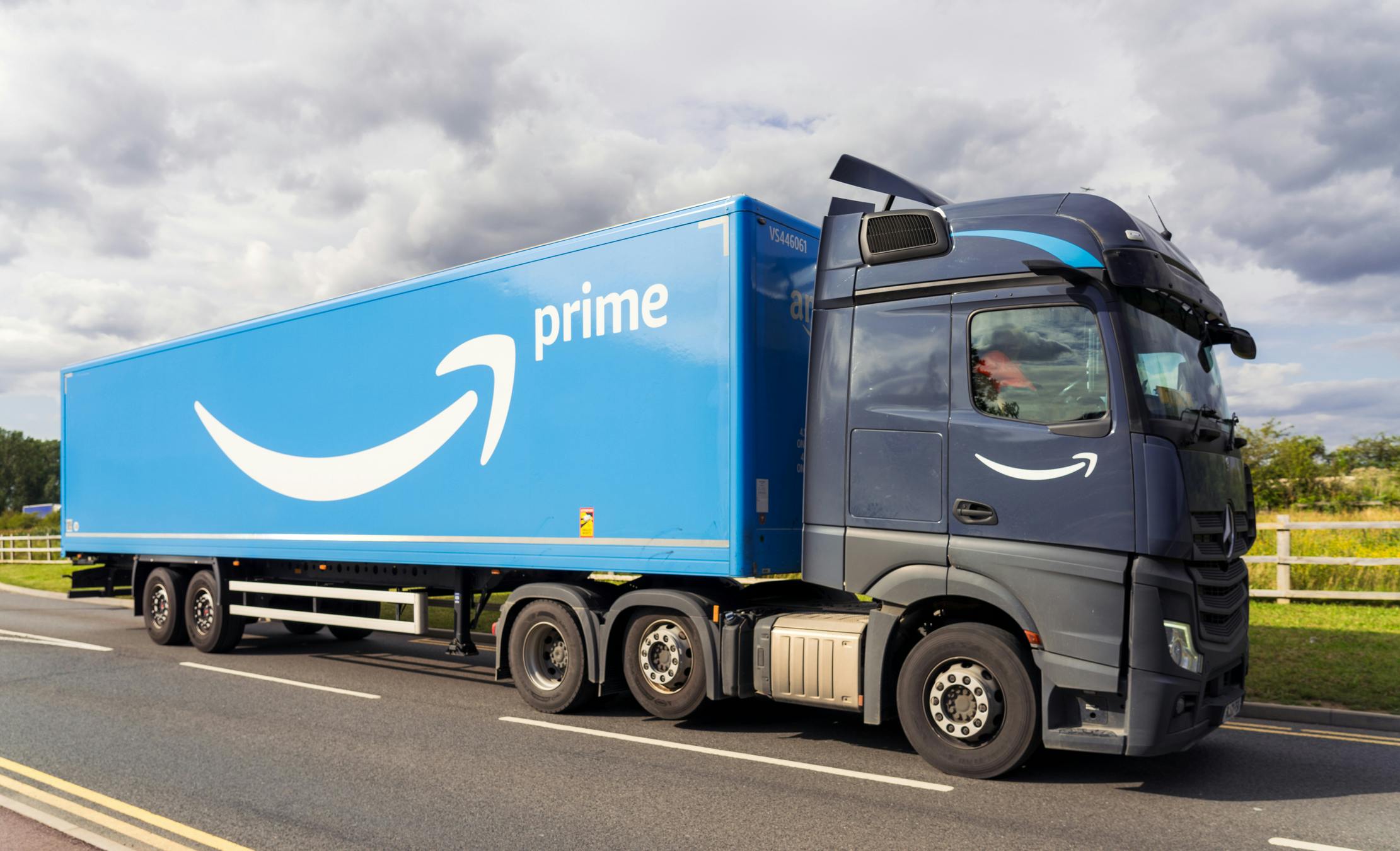Amazon’s Prime Day could be the shopping spree that consumers (and the economy) have been waiting for
This year’s mega sales event is longer, earlier, and arriving just as shoppers tighten their belts.
Amazon’s biggest sales event of the year kicks off tomorrow and it could be its biggest ever.
This year’s Prime Day sales event will stretch from July 8 through 11, be available across 26 countries (its widest reach to date), and offer discounts of up to 40% across a range of products. Amazon’s betting a longer window of deals and new AI-powered shopping tools can keep carts full in a cooler retail climate.
Early forecasts are bullish: Adobe Analytics expects the event to generate a record $23.8 billion in US sales, despite signs that consumers are getting more selective with big-ticket buys.
Prime Day isn’t just about deals; it’s about keeping membership sticky.
The sales event is one of Amazon’s biggest drivers of Prime sign-ups and engagement. JPMorgan estimates the company could hit ~350 million global Prime members by the end of this year, up from 200 million in 2021, thanks to a steady climb in both the US and abroad.
Still… shoppers are looser with loyalty than they once were. A recent survey by Upside found that nearly 80% of shoppers consider themselves uncommitted, or willing to switch stores, apps, or brands, to find the best deal.
But analysts believe Prime Day’s impact stretches beyond the four-day event. The sale is expected to give Amazon an early boost on back-to-school and college shopping, helping it lock in spending before the busier fall shopping season kicks off. Bank of America estimates this week’s event will drive ~10% year-over-year growth for Amazon.
Even with rivals circling, Amazon’s scale could keep it ahead.
Walmart, Target, and Best Buy are all running competing sales this week, hoping to capture some Prime Day spillover with discounts of their own. But Amazon’s size and early prep work may give it the edge.
Heading into the event, industry experts were concerned that Amazon’s third-party sellers may not be as active because of recent tariff hikes. But in a recent Bank of America note, analysts said the retailer and many of its sellers stocked up early to avoid tariff hikes and potential shortages later. Amazon’s extended four-day sale is also considered a sign of confidence in its supply chain.
Analysts added that the company’s expansive inventory, industry-leading fulfillment capacity, and record delivery capability allows the company to stretch deals longer without running out of stock.
Amazon has continually made its Prime Day longer, giving members 30 hours in 2017 and 36 in 2018 to shop before going to two full days in 2019. The number of countries privy to the sale has grown as well:
The sales event lands as consumer confidence stays on shaky ground. June’s reading gave back nearly half of May’s sharp gains, and many shoppers are still prioritizing travel and experiences over splurging on a new kitchen setup or 55-inch flatscreen for the living room.
Shoppers may use Prime Day to trade back up.
After months of trading down to budget or cheaper in-house brands, consumers may finally be ready to stretch their wallets for more premium products... if the price is right.
According to Adobe Analytics, the share of higher-priced items sold during the sales event is expected to jump 18% as shoppers dip back into electronics, smartphones, and other bigger-ticket buys they may have delayed until now.
That deal-chasing behavior doesn’t just stay on Amazon. Retailers like Chewy, eBay, Etsy, and Peloton are also expected to see a Prime Day halo effect, as shoppers bounce around sites in search of the best price (or just a little retail therapy). The stakes are high: Amazon said last year’s Prime Day set new records, with estimates pegging sales at $14.2 billion in just 48 hours.
Amazon shares are up just over 1.5% on the year, still trading below their all-time highs.
